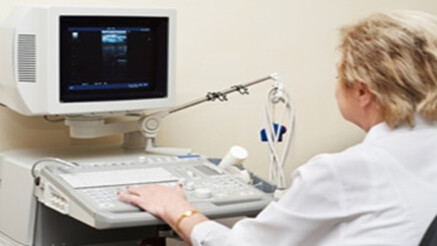Researches done on mice recently have shown positive results that show the advantage of ultrasound in treatment of type 2 diabetes over other drugs which are used to boost insulin levels in blood. Diabetes is considered as the 7th leading reason of death in the U.S in 2015. In people suffering from diabetes, pancreas release too little insulin and this for a prolonged period will cause a condition called insulin resistance when body becomes less sensitive to it. The specialised cells in pancreas “beta cells” are responsible for synthesizing, storing and releasing insulin according to the glucose levels of blood. The glucose level in the body is kept at optimum level by them as too much glucose in the blood results in damage of tissues and organs. Early on in the progression of diabetes, beta cells can become overworked, which causes insulin to build up inside. This build-up can be end for the beta cell. If more insulin-producing beta cells die, diabetes is worsened. The drugs used now are too expensive and loses effect over time, which is why researchers decided to find an alternative by studying the possibilities of ultrasound. During the study, scientists let in ultrasound into the pancreas of mice to initiate release of insulin from beta cells. Results showed that more insulin was released from mice treated with ultrasound compared to the ones which weren’t. Scientists have strong belief that with controlled parameters of ultrasound, they will be able to provide safe, controlled and targeted initiation of insulin release from beta cells.


